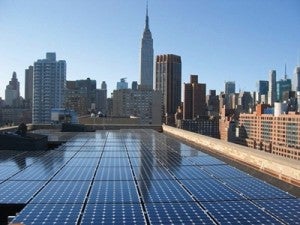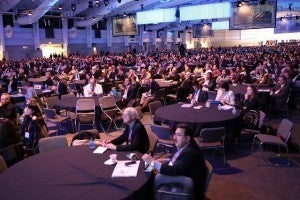 New York is preparing for a future in which clean, distributed energy resources – such as energy efficiency, electric vehicles, rooftop solar panels, and other types of local, on-site power generation – form an integral part of a more decentralized electric grid. This is the future the New York Public Service Commission (PSC) wants to see realized through its signature initiative, Reforming the Energy Vision (REV).
New York is preparing for a future in which clean, distributed energy resources – such as energy efficiency, electric vehicles, rooftop solar panels, and other types of local, on-site power generation – form an integral part of a more decentralized electric grid. This is the future the New York Public Service Commission (PSC) wants to see realized through its signature initiative, Reforming the Energy Vision (REV).
This vision means the role of the customer is changing: from recipient to both user and provider of electricity and other grid services. By investing in clean, distributed energy resources, customers can make the electric system more efficient and contribute to a cleaner environment, while gaining greater control over their energy bills. Read More
 Last year solar power saw unprecedented
Last year solar power saw unprecedented 
 The Federal Energy Regulatory Commission (FERC) recently rejected Ohio-based utilities
The Federal Energy Regulatory Commission (FERC) recently rejected Ohio-based utilities